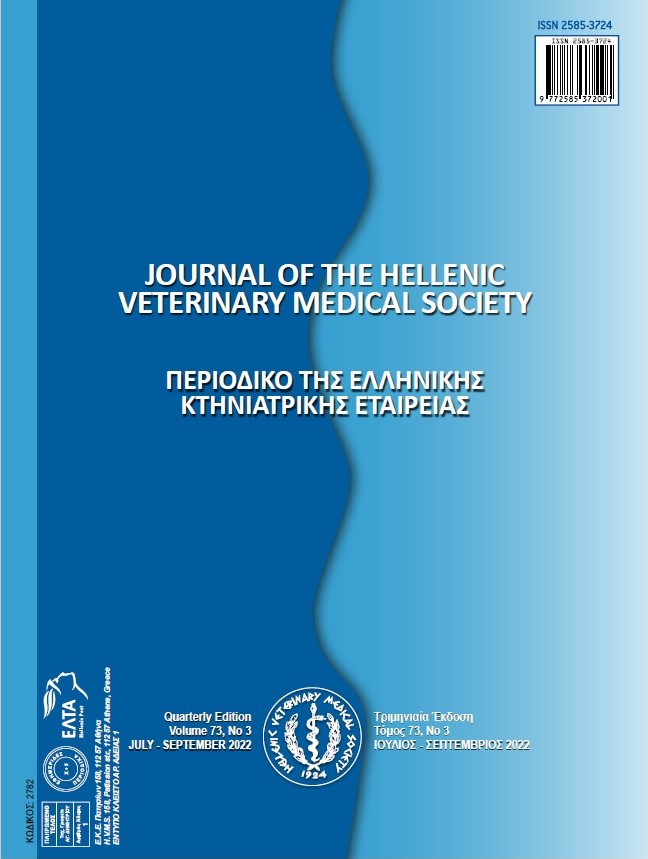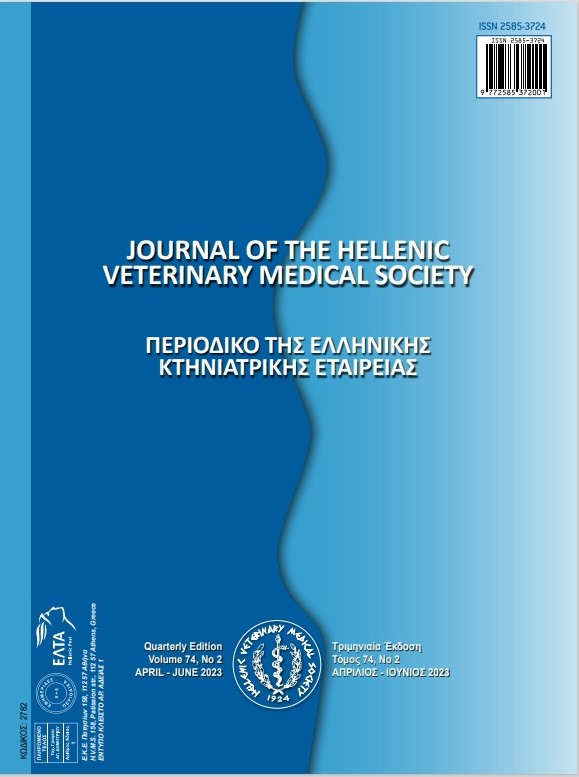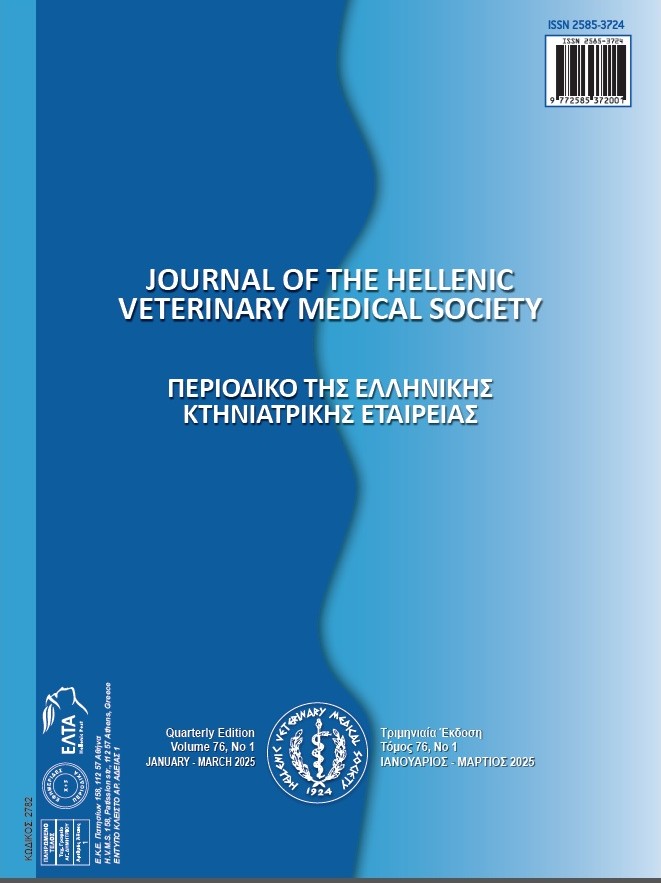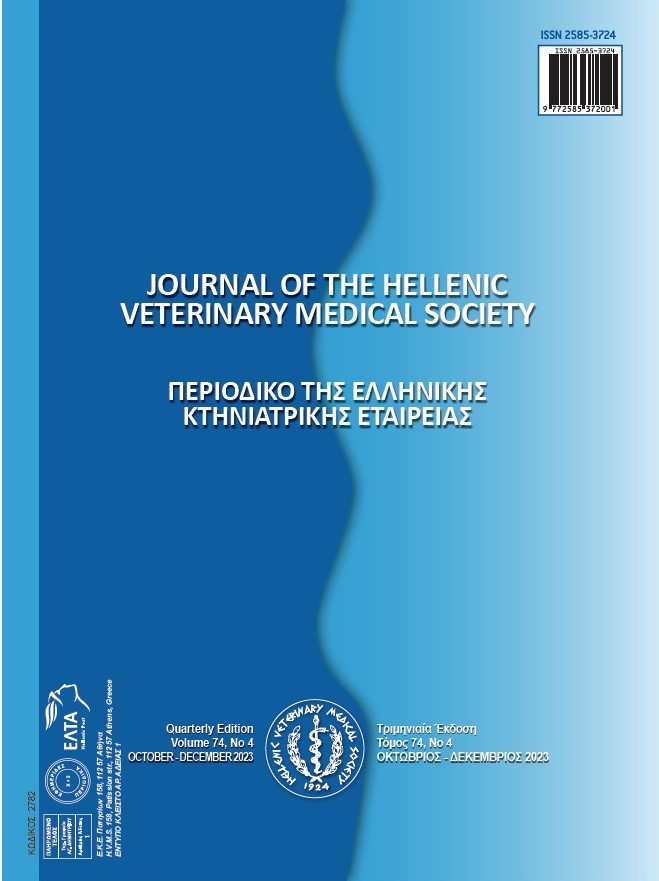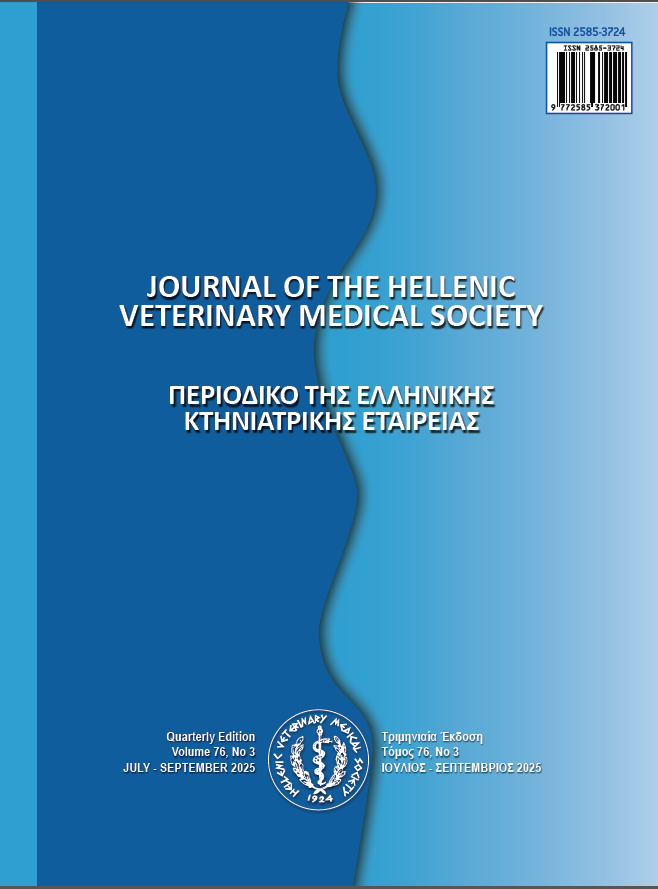Knowledge, attitude, practices (KAP), and risk factors of lumpy skin disease among livestock owners in Pakistan
Аннотация
Lumpy skin disease (LSD), caused by the LSDV virus, affects cattle and water buffalo, resulting in
skin nodules, weight loss, and reduced milk production. In current study, a cross-sectional survey was conducted
to evaluate the knowledge, attitude, practices (KAP), and risk factors associated with lumpy skin disease (LSD)
in cattle among livestock owners in the Chakwal district, Punjab, Pakistan. A total of 383 livestock owners participated
in the study from five different villages of district Chakwal. Data analysis was performed using SPSS,
Jamovi software, while Graphpad Prism aided in creating graphical representations. The results showed that most
of the participants were from Sohawa village (29%), Muslim (98.2%), male (66.8%), age group 51-60 years old
(36%), Punjabi (94.3%), married (85.1%), illiterate (78.6%), and monthly income above 50,000 (42.0%). Most
of the participants (77.3%) were aware of LSD while54% knew the risks involved. Regarding attitude, 67.2%
of cattle owners believed that their animals were at risk while 84.1% wanted their cattle checked for illness, and
96.3% would appreciate free care if their cattle had lumpy skin disease. Concerning risk factors, 74.4% participants
did not view economic instability as a significant concern, but 68.7% thought an unregulated animal husbandry
system as a risk. Furthermore, 42% of respondents agreed that there is a connection between a higher disease
risk and larger herd sizes while 75.2% believed that insects may spread the virus. The knowledge, attitudes, and
practices of cattle owners regarding lumpy skin disease (LSD) were elucidated by the KAP study revealed that
cattle owners have a LSD knowledge, risk factors awareness and positive attitude towards prevention and control,
emphasizing the importance of immunization and biosecurity measures. To effectively manage LSD, educational
programs, enhanced biosecurity procedures, and improved disease management strategies are recommended.
Article Details
- Как цитировать
-
Sadia, S., Hussain, M., Saeed , M., Aftab, T., Yousaf , A., Khan, H., Andlib, S., Riaz, S., Afzal, M., Ali, A., Shabbir, R., & Ahmed, H. (2025). Knowledge, attitude, practices (KAP), and risk factors of lumpy skin disease among livestock owners in Pakistan. Journal of the Hellenic Veterinary Medical Society, 76(2), 9039–9054. https://doi.org/10.12681/jhvms.36237
- Выпуск
- Том 76 № 2 (2025)
- Раздел
- Research Articles

Это произведение доступно по лицензии Creative Commons «Attribution-NonCommercial» («Атрибуция — Некоммерческое использование») 4.0 Всемирная.
Authors who publish with this journal agree to the following terms:
· Authors retain copyright and grant the journal right of first publication with the work simultaneously licensed under a Creative Commons Attribution Non-Commercial License that allows others to share the work with an acknowledgement of the work's authorship and initial publication in this journal.
· Authors are able to enter into separate, additional contractual arrangements for the non-exclusive distribution of the journal's published version of the work (e.g. post it to an institutional repository or publish it in a book), with an acknowledgement of its initial publication in this journal.
· Authors are permitted and encouraged to post their work online (preferably in institutional repositories or on their website) prior to and during the submission process, as it can lead to productive exchanges, as well as earlier and greater citation of published work.




